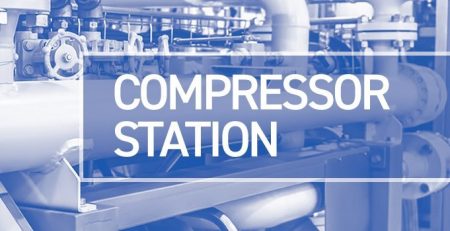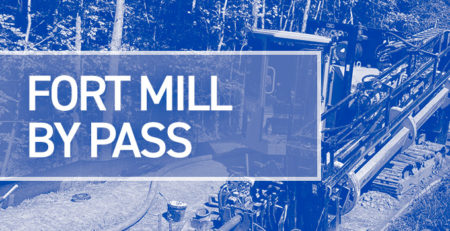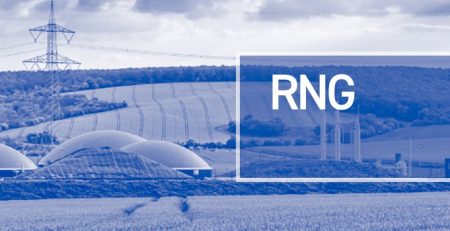Managing Gas Control
Local Control Increases Efficiency and Response
In December, 2022, Patriots Energy Group (PEG) took a significant step forward in managing the safe and reliable delivery of natural gas by bringing gas control operations in-house. Our dedicated gas control team operates on-site 24/7, allowing us to monitor and control the pipeline locally and efficiently. Gas controllers work 12-hour shifts with a 4-days-on, 4-days-off rotation, alternating between days and nights.

To meet pipeline safety regulations, our controllers undergo extensive and accelerated training programs including shadowing operations at Sempra, field trips to other gas control rooms and mentoring and development plans within the Authority.
Natural gas pipelines and utilities rely on sophisticated computer models to predict customer demand for natural gas, correlating daily and hourly consumption trends with seasonal and environmental factors. Our team also coordinates with the Municipal Gas Authority of Georgia (MGAG) on purchasing and scheduling our daily gas supply, managing delivery points, and maintaining the operational safety of the pipeline for both PEG and YCNGA.
Understanding SCADA –
Supervisory Control and Data Acquisition

Gas pipeline operators use the SCADA system to monitor for problems and manage the flow of gas through the pipeline. SCADA is a sophisticated computer system that collects data on flow rates, operational status, pressure, and temperature readings. This real-time information allows pipeline operators to quickly respond to normal operations, equipment malfunctions, and gas releases. Some SCADA systems also enable remote operation of equipment like compressors and valves, allowing operators in a control center to adjust flow rates and isolate sections of the pipeline as needed.
Once gas is delivered to the local utility at the city gate, the utility’s control center monitors flow rates and pressures at various points in the system. Operators ensure the gas reaches each customer with sufficient flow rate and pressure to fuel equipment and appliances, while also keeping pressure within safe limits for each system segment. As gas flows through the system, regulators control the transition from higher to lower pressures, and controllers monitor for communication outages to ensure all stations send signals back to the control room.





